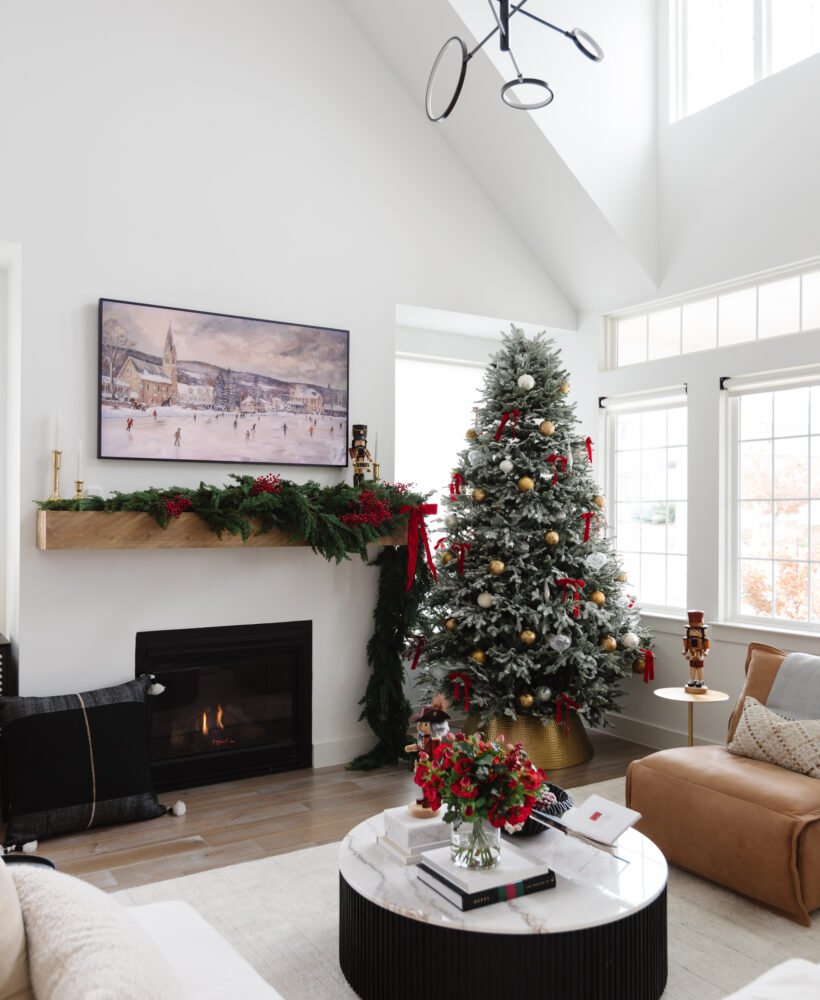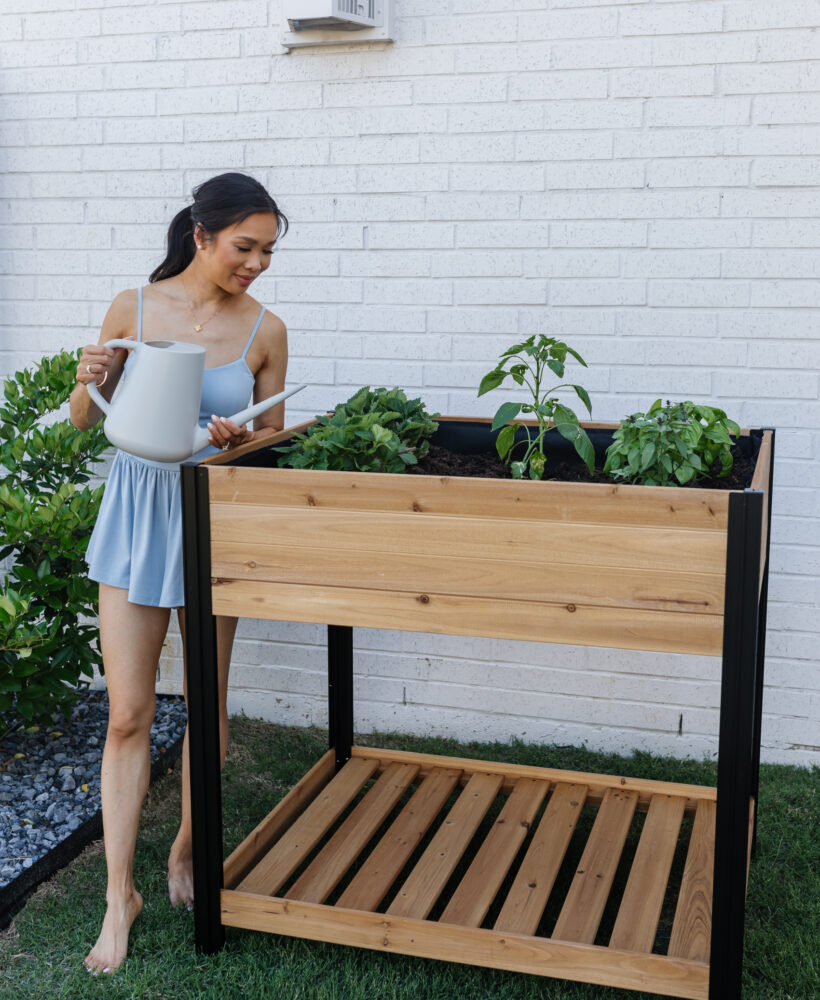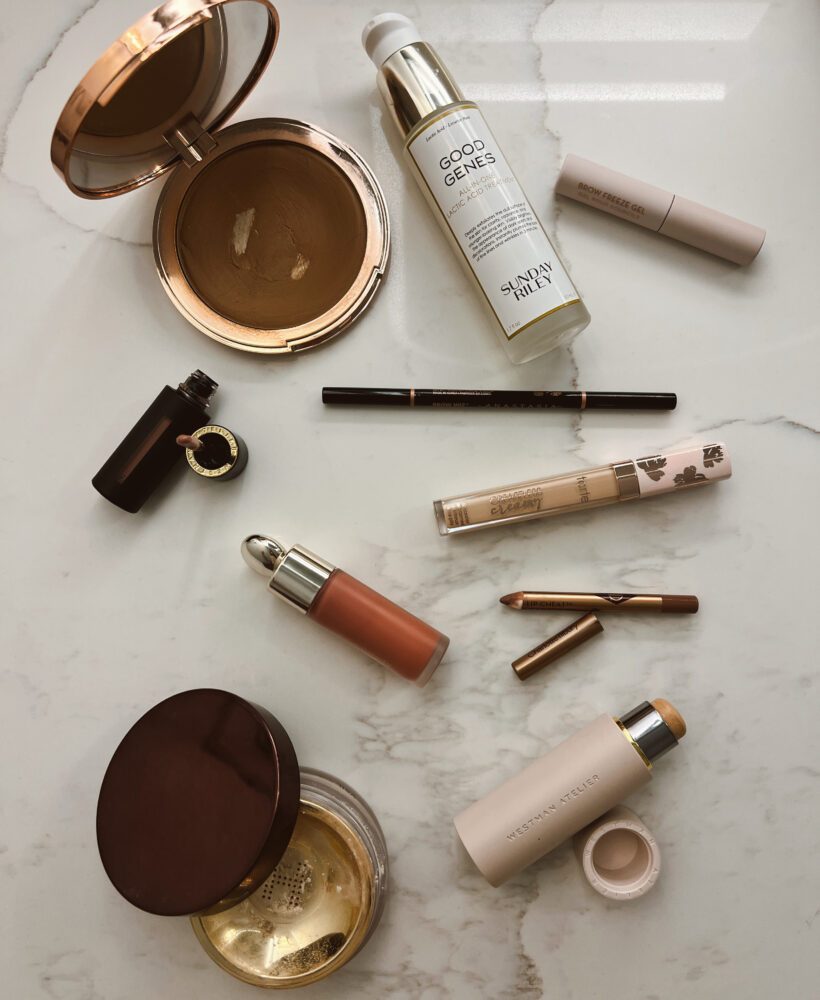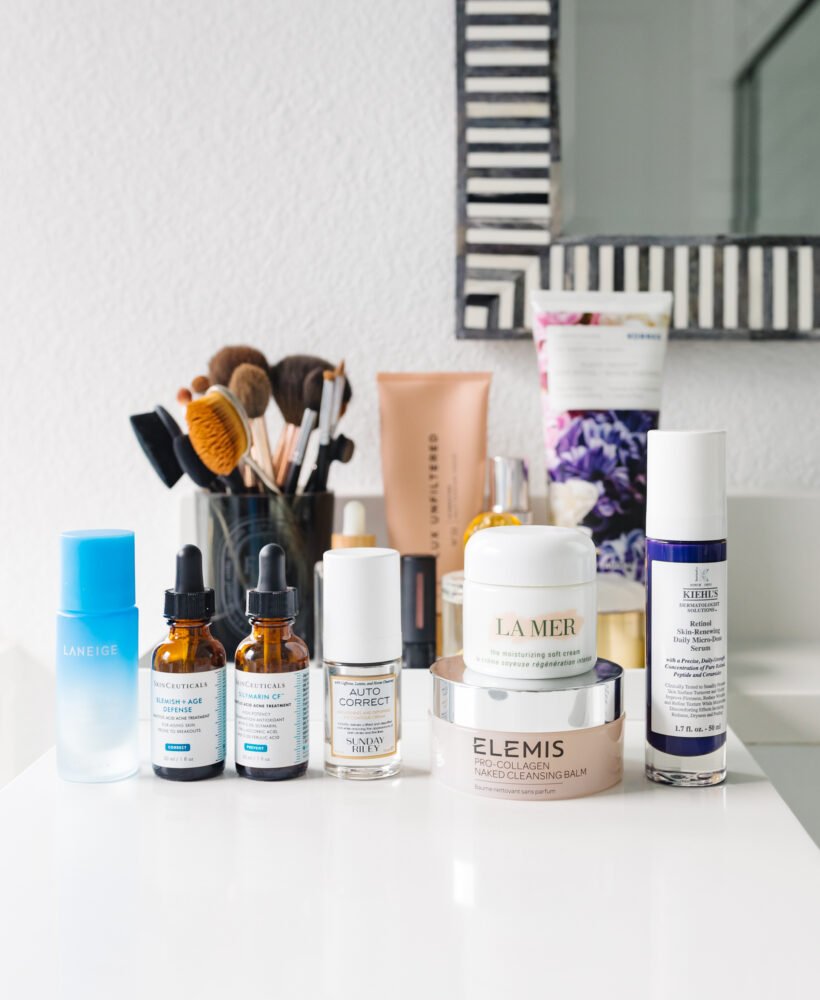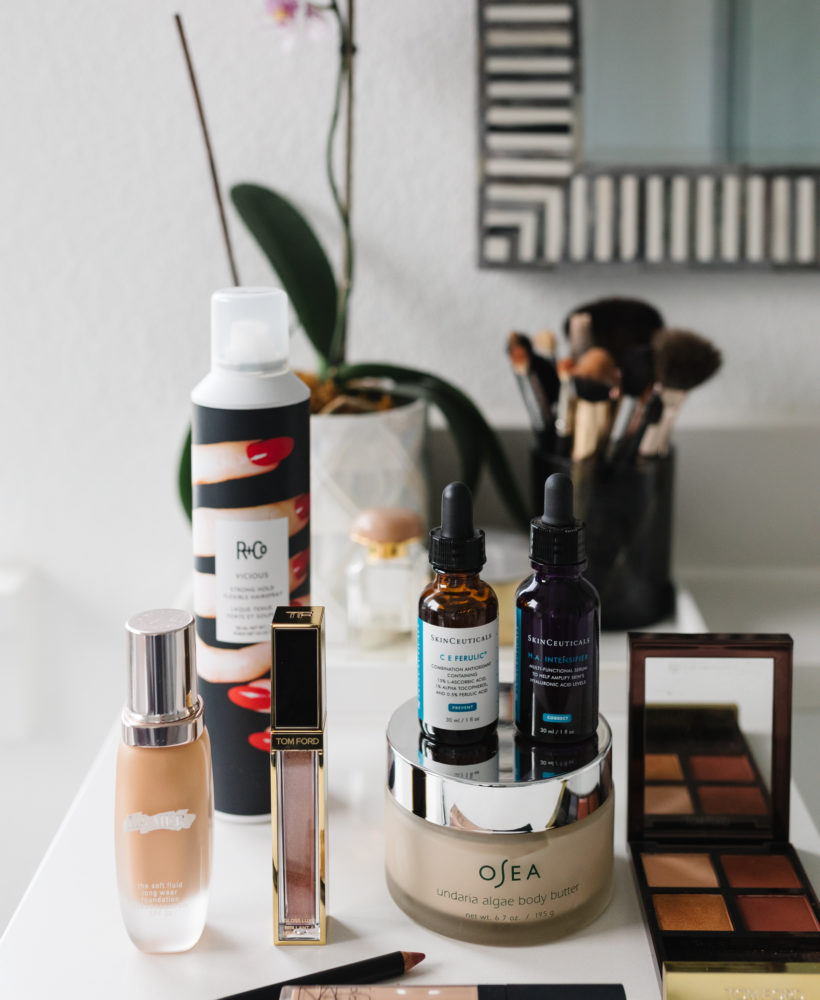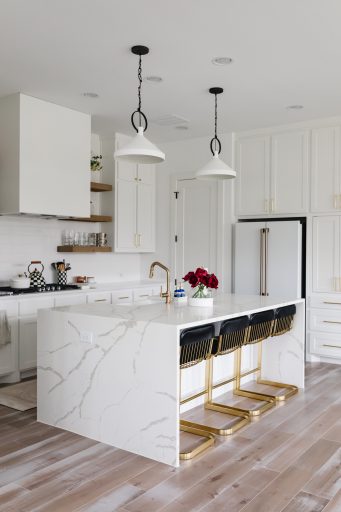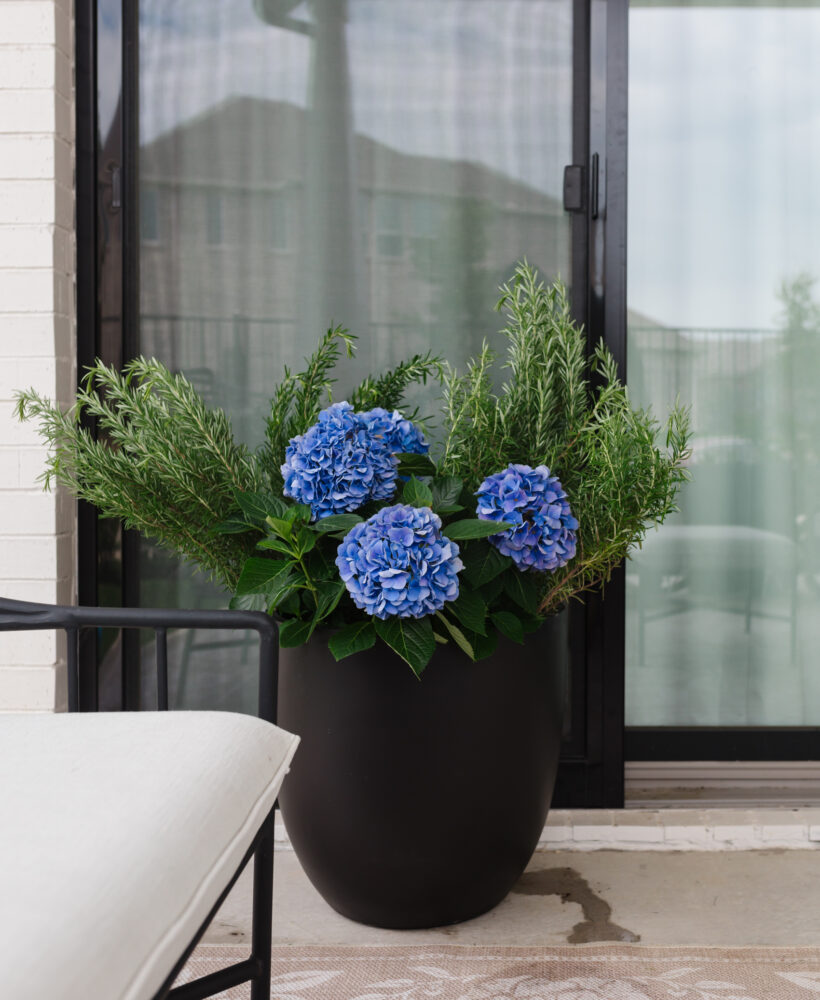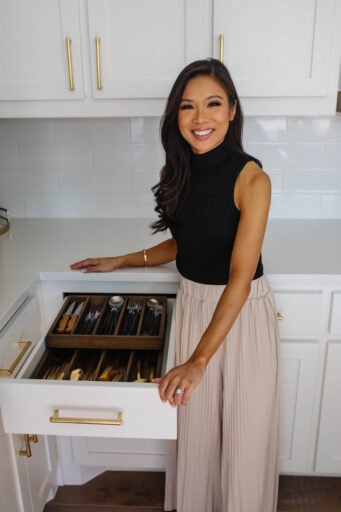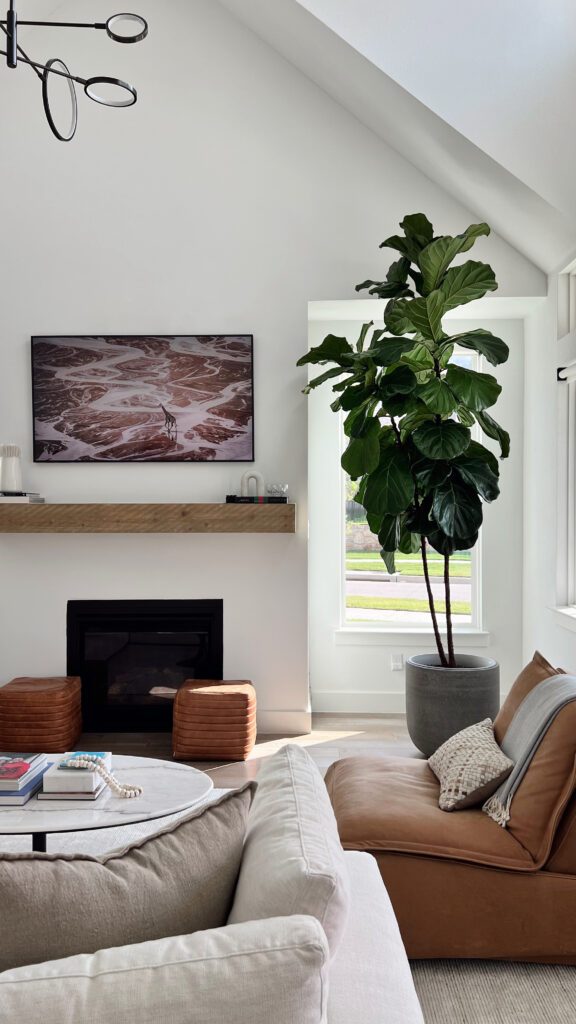
Fiddle leaf figs have been the “it” houseplants for quite a few years. We absolutely love Frank, our fiddle leaf fig, and with his steady growth, I feel confident providing advice on how to care for these. Fiddle leaf figs are known to be fickle, hard to handle and can tend to have a lot of problems. That said, I’m here to help by sharing three proven fiddle leaf fig care tips for the best growth.
Before we begin, a little backstory: We got Frank September 22, 2018 and he’s actually our third fiddle leaf fig. We killed the previous two and it’s not our proudest moment. We learned a lot from what went wrong with those and truly believe that’s what helped us make sure Frank had the best growth.

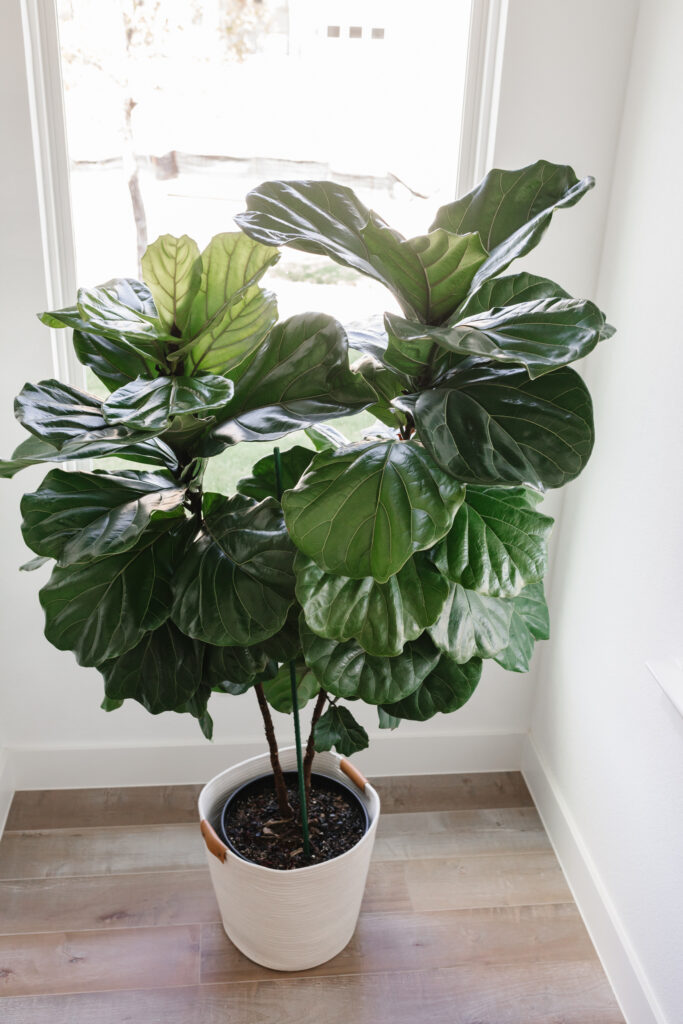
1. Natural Light is a Must
We all know plants need the sun’s energy to grow. Fiddle leaf figs have big leaves, which means they need a lot more sun than most plants. Those first two fiddle leaf fig plants we killed because they did not get enough light. Here’s where it gets tough: If your home doesn’t have a ton of natural in-direct light, a fiddle leaf fig plant may not be for you and that’s okay! There are other plants you can bring home and will prosper in your home.
Indirect Light / Direct Morning Light
Frank is in the corner of our living room and gets light from a Northeast and Southeast window all day. In the morning, he gets direct light and after 11 am, he gets indirect light the rest of the day. This is essential to their growth and one reason I think Frank is doing so well. We rotate Frank every two to three months so all the leaves get an even amount of sun. You’ll most likely notice your fiddle leaf fig will have a “good side” with more growth and a “bad side” with less growth and that’s normal.
They must be next to a window to thrive, not a few feet away from one. Frank is about six inches away from the window – sometimes new growth touches the window. They need to be close, so if there isn’t a good window to put your fiddle leaf fig next to, you may need to reconsider.
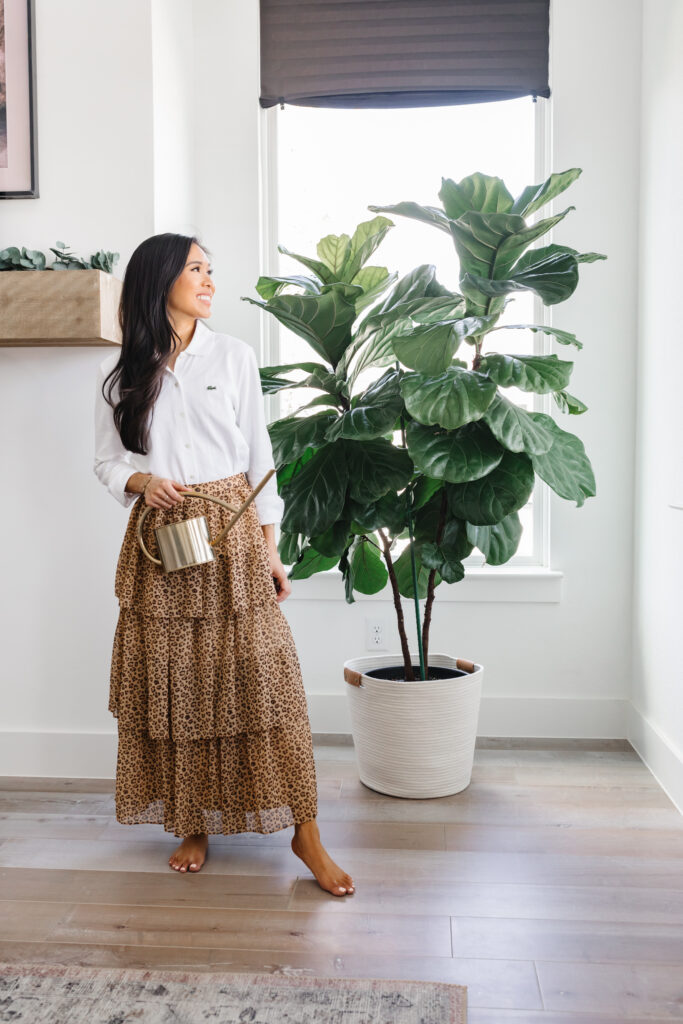
2. Consistent Watering
Once we established a good watering routine, it was easy. I think before I stressed out about watering because our previous plants were dropping leaves. I didn’t know they were dying because of lack of light and bugs – so I both overwatered and underwatered. I have so many regrets and wish I knew better.
We water Frank with 4 liters of water once a week. How much you water also depends on your home and what the temperature is like. Normally it’s anywhere between 5-10 days. When you first get your plant, I wouldn’t water it unless the soil is dry. Stick your finger two inches down into the soil. If it’s dry, water your plant. If it’s not, wait. After that first week or so, you can start to establish a consistent schedule.
During growing season, every other week, we add this plant fertilizer to the water. Make sure to follow the instructions!
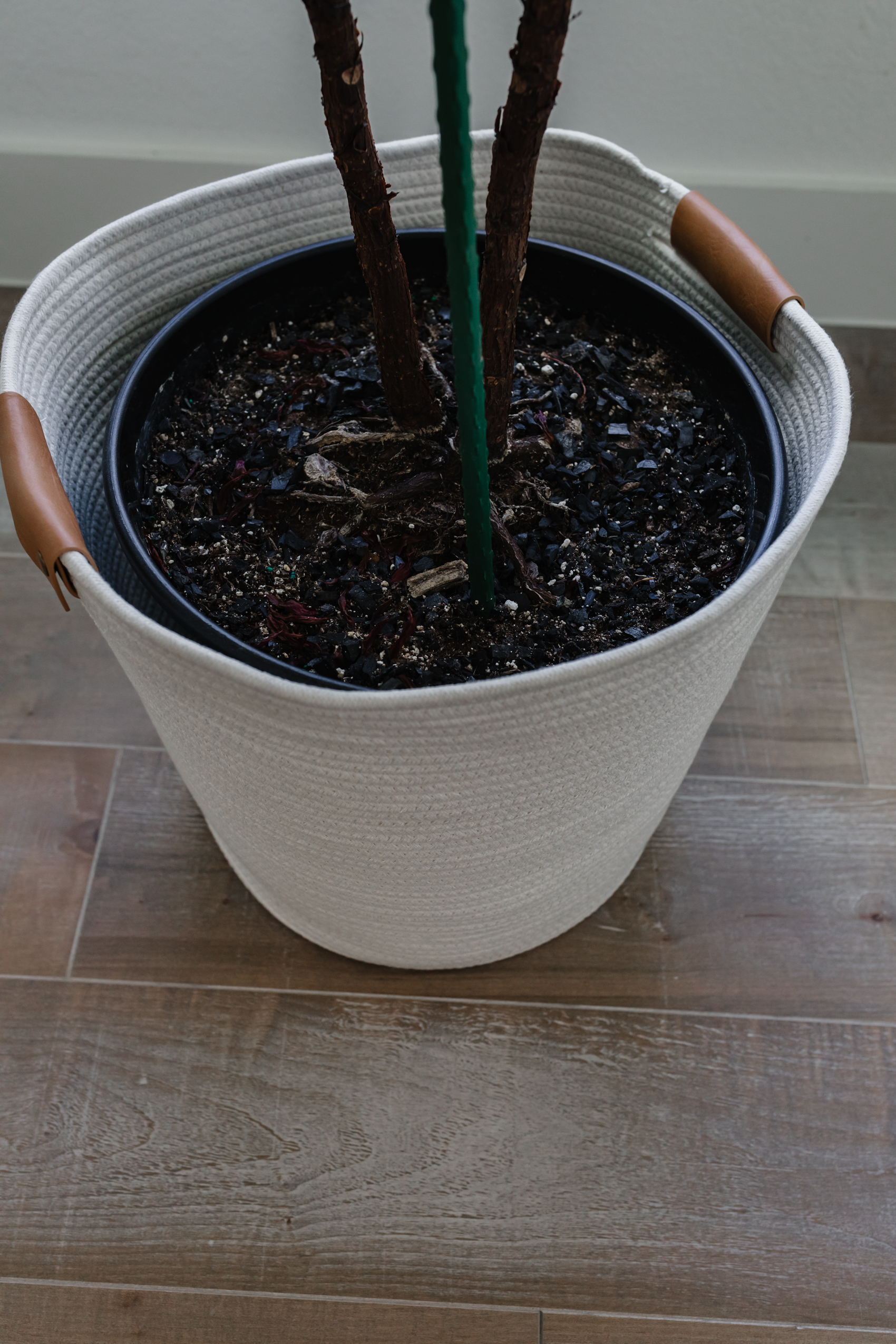
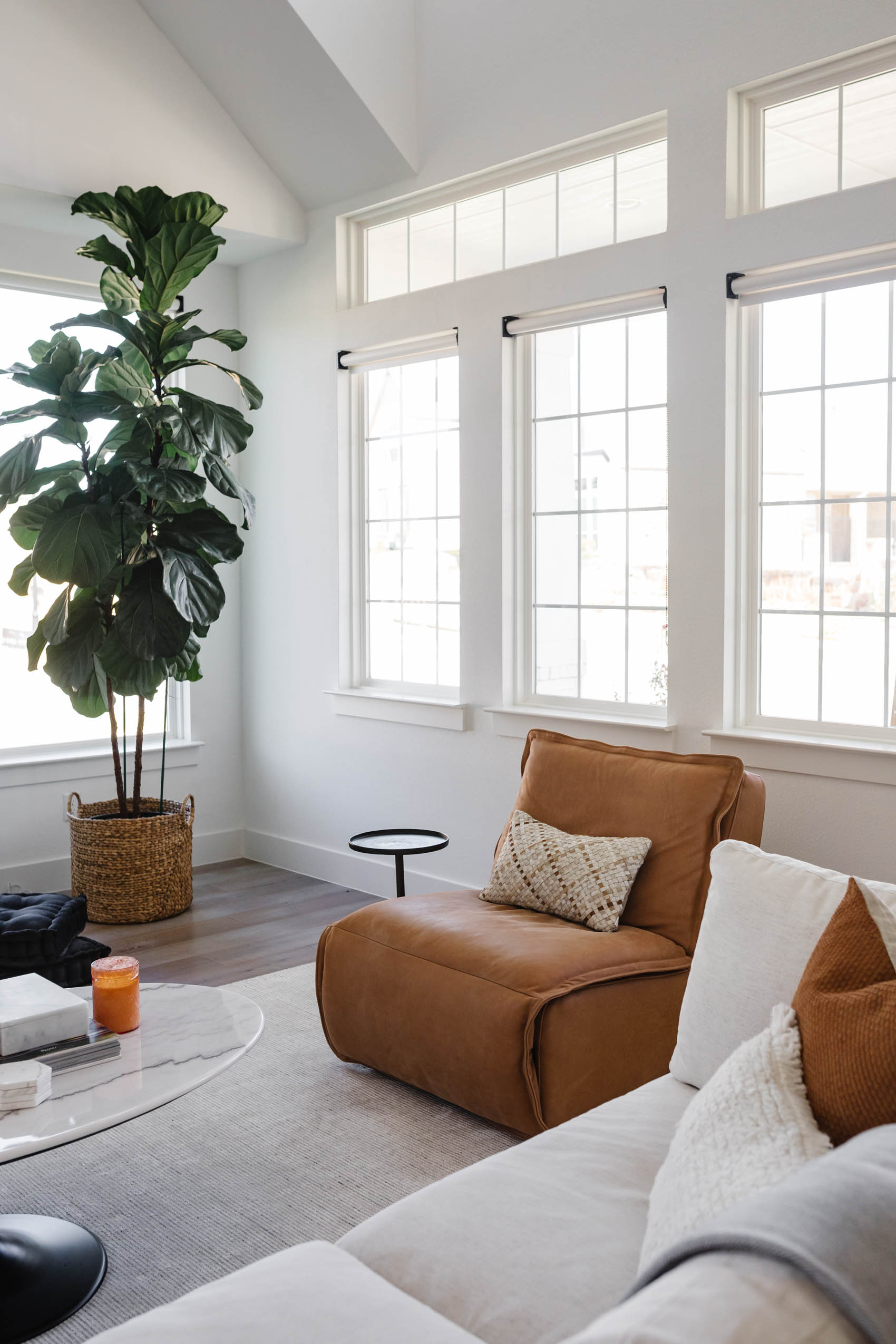
Self-Watering Pots
Water needs to run through the soil and out the bottom, which leads me to the next part. I highly recommend you leave them in their “planter’s pot” they come in from the store. I know it’s not pretty, but you can always put them in a pretty basket or a nice planter to hide that pot. Once they acclimate to your home and the roots start outgrowing the current pot, get one of these self-watering pots. There’s a built-in tray that’ll catch excess water and your plant can access that supply when it needs it. We have Frank in the 16″ one and couldn’t recommend it more!
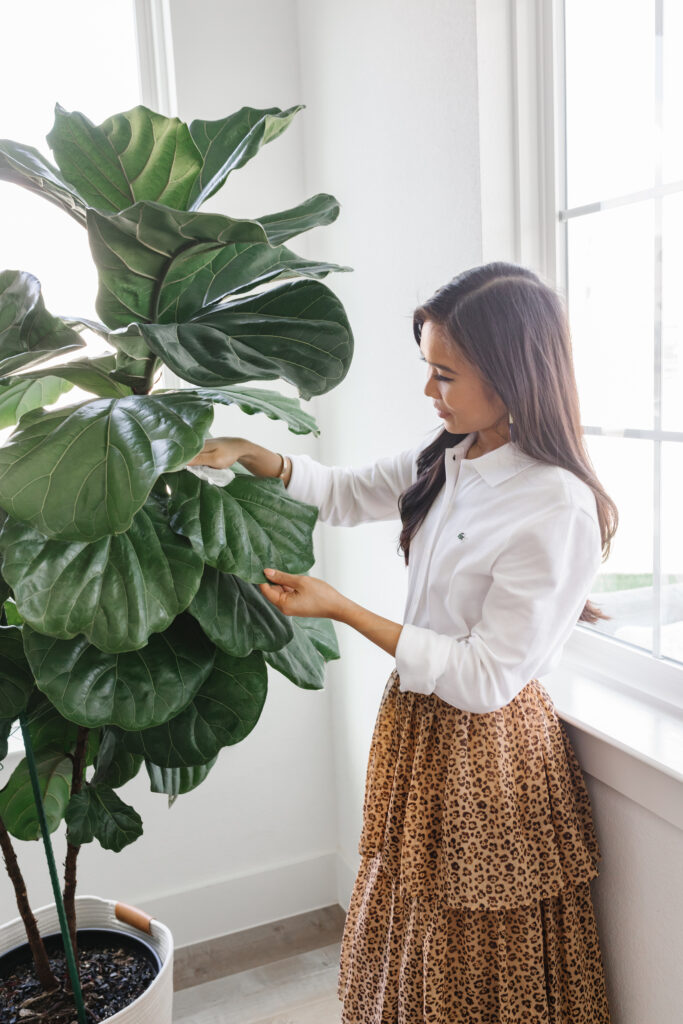
3. Clean The Leaves
When the leaves get dusty, they can’t absorb as much sunlight and start to suffer. I like to use a damp paper towel or cloth to clean each leaf every two weeks. This is also a great time for you to inspect your plant and make sure there are no bugs or pests. Check the leaves for brown spots and see if anything is happening. It’s important to check on your plant often, so if issues arise you can troubleshoot them sooner rather than later.
We recently got a new fiddle leaf fig from Costco of all places and the leaves were actually quite dirty! I wiped them down the day after we brought it home. Don’t forget, dust naturally accumulates in your home so make sure to keep your plant away from a vent (they don’t like cold drafts), too!
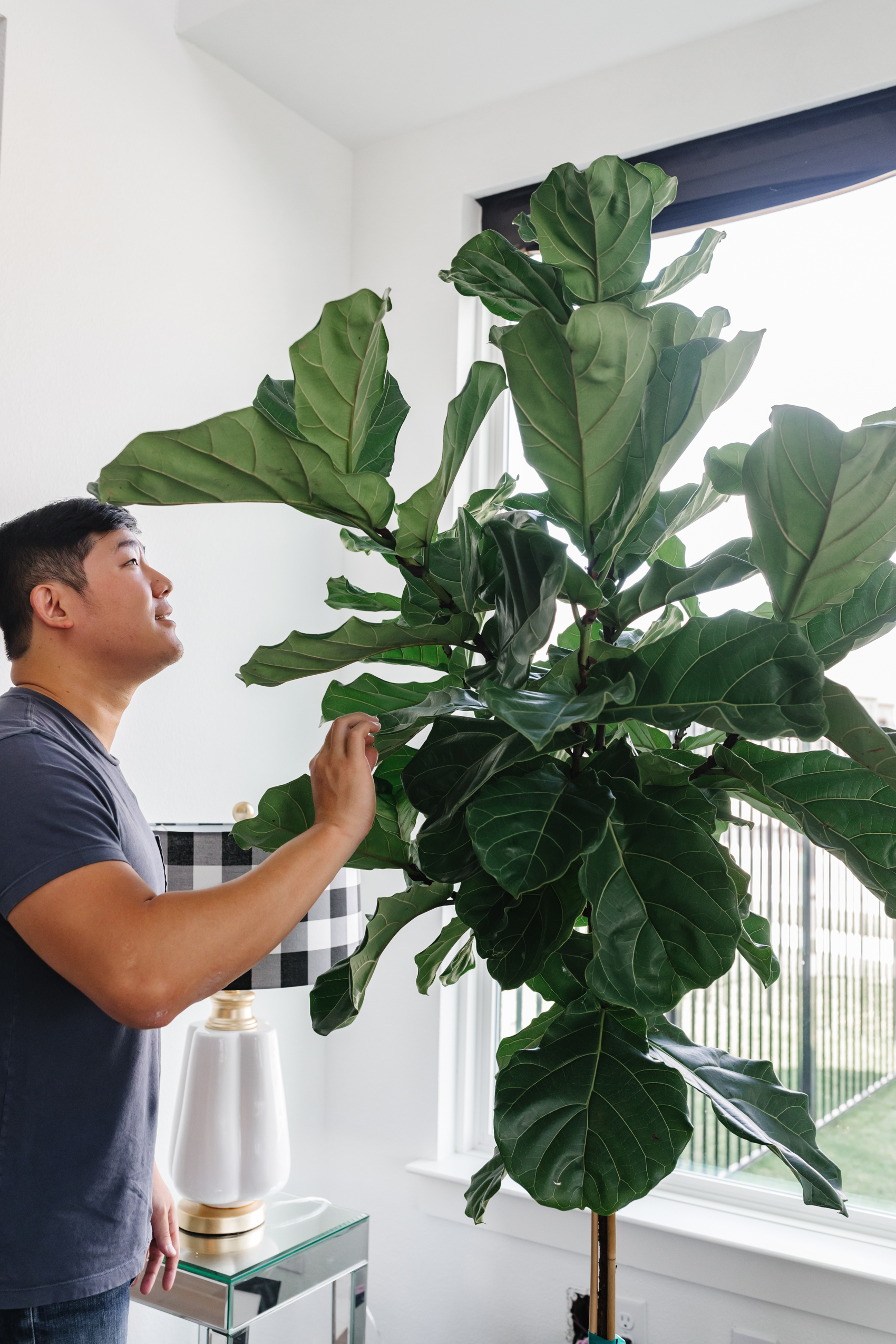
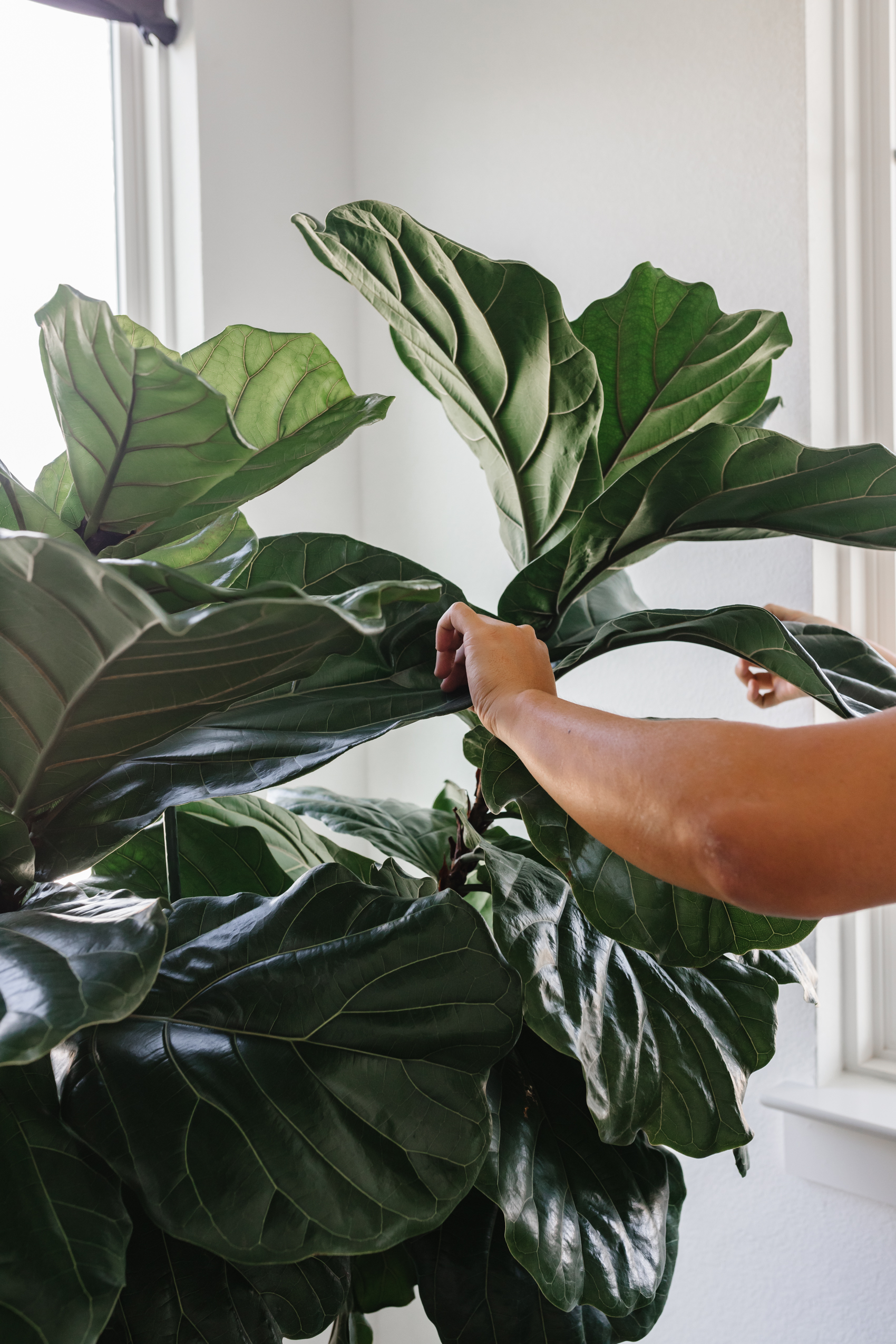
So, now what?
If you follow these three steps, you’ll see the best growth in your fiddle leaf fig! Don’t forget to be patient, too! I do want to mention a few things you may need to troubleshoot, too.
When we see a ton of roots at the top of the soil, that’s when we repot. We wait until it’s the day of watering so it’s not too heavy. We’ll take him out and try to pick apart the roots a bit. Put about 1-2 inches of soil in the bottom of the new pot, put him back in and then fill with some soil. Repotting, trimming leaves are all a bit shocking to fiddle leaf figs so don’t do it too much at a time. We’ve found we tend to need to repot every growing season so about once a year, twice max.
Brown or Black Spots
If you see brown or black spots around the edge and then on the inside of leaves, your fiddle leaf fig most likely has root rot. The spots will appear and spread through the leaf over a few days or weeks. The brown spots will eventually lead to the leaf dropping.
Dry brown spots on the leaves usually mean some type of bacterial infection. Google could help but I recommend going to your local nursery for help!
I hope these tips help you take care of your fiddle leaf fig plant!




